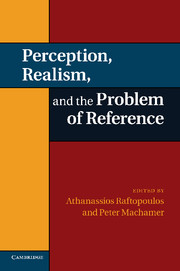
- Cited by 1
-
Cited byCrossref Citations
This Book has been cited by the following publications. This list is generated based on data provided by Crossref.
Duijvesteijn, Naomi Benard, Marianne Reimert, Inonge and Camerlink, Irene 2014. Same Pig, Different Conclusions: Stakeholders Differ in Qualitative Behaviour Assessment. Journal of Agricultural and Environmental Ethics, Vol. 27, Issue. 6, p. 1019.
- Publisher:
- Cambridge University Press
- Online publication date:
- May 2012
- Print publication year:
- 2012
- Online ISBN:
- 9780511979279
- Subjects:
- Life Sciences, Philosophy of Science, Cognitive Psychology, Philosophy


